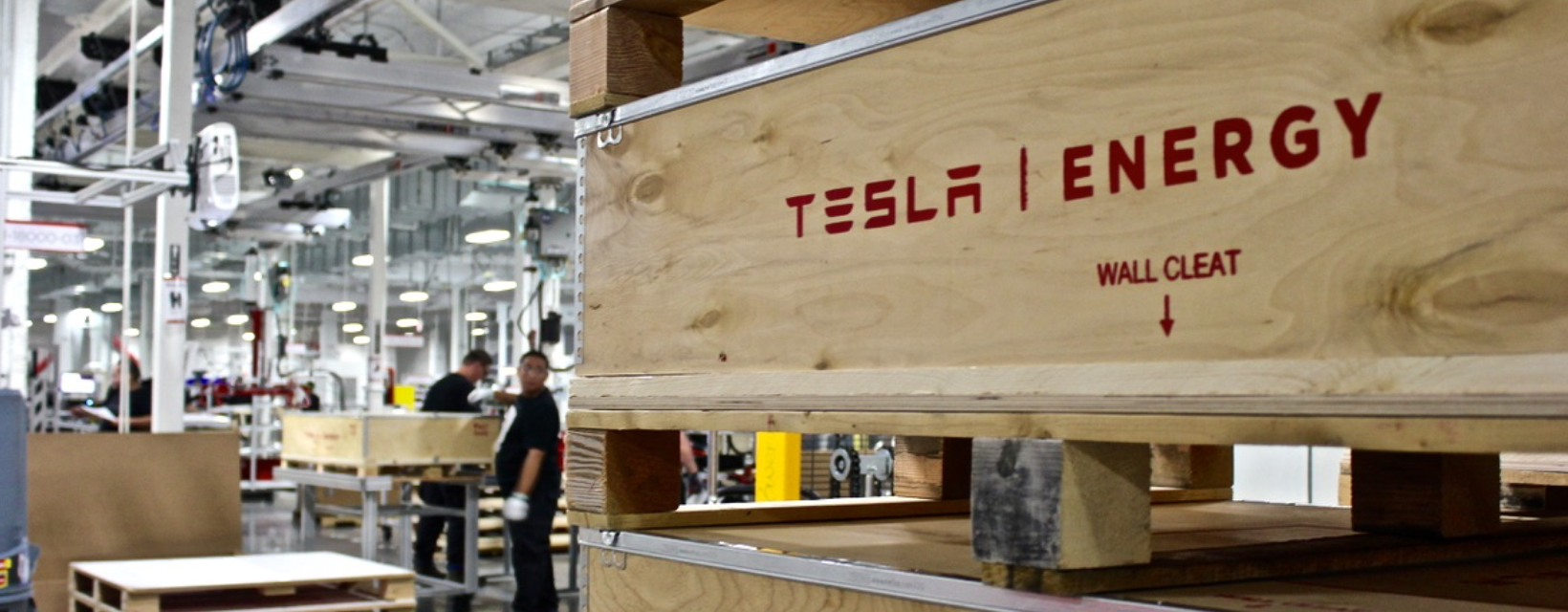Tesla’s profitable June quarter and likely addition to the S&P 500 will be the central takeaway from its most recent earnings report—and a long-awaited acknowledgment from the investment community that Tesla will survive. That said, we believe the most important takeaway is that Tesla is following Amazon’s playbook: building a virtuous cycle of reinvesting profits to drive growth, scale, and innovation. Tesla’s valuation will likely have wild swings in the future and move higher over time, similar to Amazon’s trajectory.
Bad news for the auto industry
Musk commented during the earnings call that the company’s operating margin goal is to be slightly profitable and maximize market share. That means, similar to Amazon, they will pass the majority of upcoming cost savings from manufacturing efficiencies to consumers in the form of lower-priced vehicles. We expect it will continue to be difficult for other carmakers to build a vehicle that is feature and price competitive with Tesla. The company currently has about 80% EV share in the US, and it’s getting more difficult to imagine material changes to US market share in the next couple of years.
More than an auto company
While Energy Generation and Storage is only 6% of Tesla revenue, Musk surprisingly made several references on the earnings call to the importance of solar and batteries, reiterating the company’s mission to accelerate the world’s transition to sustainable energy. We see the company slowly adding energy as a central theme to the story, with details to follow at Tesla’s Battery Day event (currently scheduled for late September). Similar to Amazon, we believe the long-term value of Tesla will not lie in its initial business; rather, the long-term value will include renewables, batteries, and repurposing those technologies into new markets, potentially HVAC, small aircraft, and others.
June quarter takeaways:
- The company reported a profit partly driven by EV tax credits of $428m, up from $354m last quarter. Zach Kirkhorn (CFO) predicts 2020 regulatory tax credit revenue will be roughly double that of 2019. This implies a drop to ~$200M average in Sep-20 and Dec-10, a significant step down from the first half of the year. We expect EV tax credits to continue to trend down in 2021, eventually to zero. Profitability was also driven by Model Y’s gross margin along with FSD revenue.
- Auto margins are becoming more sustainable, which gives the company room to continue to lower prices and gain market share. Auto gross margin excluding EV credits was 18.7%, ahead of the Street at 17.3%, down from Mar-20 at 20%, and in-line with Dec-19 at 18.9%.
- The company recognized $48m in FSD revenue. We expected the number to be slightly higher, which means there is still meaningful deferred revenue to recognize, likely more than $500m.
- The next Gigafatory will be in Austin, TX. We expect car production to commence sometime late in 2021 or early in 2022. Austin, in combination with Berlin and the ramping production in Shanghai, means the company will have three new automaking facilities in the next 18 months. Looking out over the next decade, the actual number of factories will become less important, with greater importance on total output. Musk declined to comment on the Austin factory’s expected output, but we expect it to be measurably higher than Fremont’s production capacity.
Outlook:
- Tesla is standing by its 500k delivery target for 2020. The company reiterated its target for the first time in 6 months, saying that they still believes they can deliver half a million vehicles in 2020.
